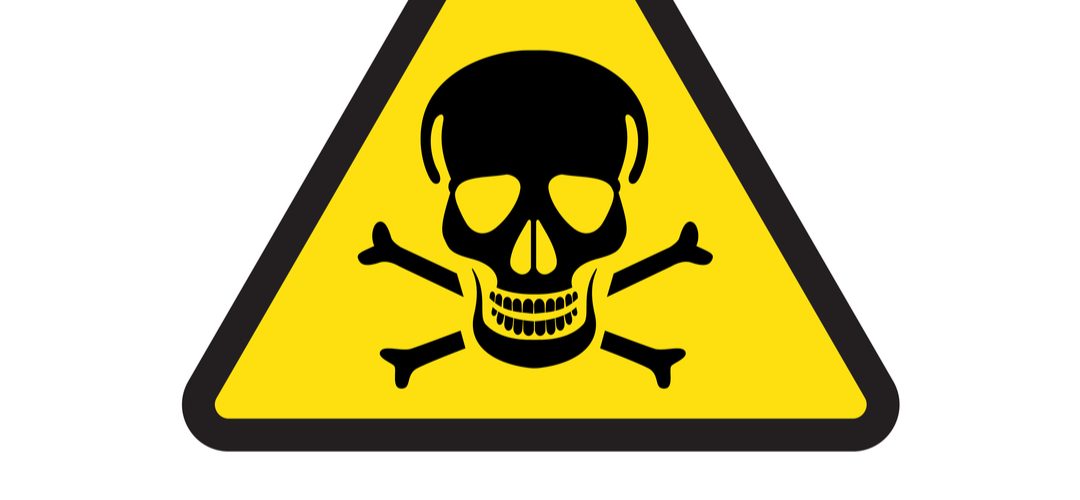Residents in Texas Nursing Home Evacuated with Some Hospitalized After Exposure to Carbon Monoxide
The city’s fire department was called and dispatched to a Texas nursing home around 11 a.m. in early February to investigate potential presence of carbon monoxide. Prior to calling the fire department, facility staff evacuated 77 of the residents shortly after breakfast due to possible exposure to carbon monoxide.
Seven of the residents were taken to the hospital after they complained of headaches and dizziness, which are symptoms of carbon monoxide exposure.
The executive director of the nursing home issued this statement—
“We try to prepare for this and how we evacuate residents quickly and safely to make sure their needs are met, and make sure they are comfortable. We have a good hospital. They care for our residents as needed and do a good job.”
He also said that the other residents had been relocated to another of the company’s facilities, and that most of them were adjusting well to the change.
Compliance Perspective
Failure to ensure that regular maintenance and inspections are performed on items (e.g., fuel burning heaters, furnaces, water heaters, butane or gas heaters, stoves and gas ovens, central heating systems, and refrigerators) used in the facility that can produce carbon monoxide pollution may be deemed a breach of residents’ right to a safe environment and considered provision of substandard quality of care, in violation of state and federal regulations.
Discussion Points:
- Review policies and procedures regarding the facility’s maintenance program for preventing the escape of carbon monoxide from any system or item, placing carbon monoxide alarms throughout the nursing home, and the facility’s all-hazards emergency response plan should such an event occur.
- Train maintenance staff about the importance of regular inspection and monitoring of any system or equipment used in the facility that could produce carbon monoxide. Train staff in the facility’s response plan for dealing with emergencies and participating in periodic drills to protect and safely evacuate the residents should an emergency suddenly occur.
- Periodically audit to determine if regular inspection and maintenance is occurring regarding potential carbon monoxide leaks, and if staff are participating in periodic drills for safely evacuating residents should an emergency occur.












































































